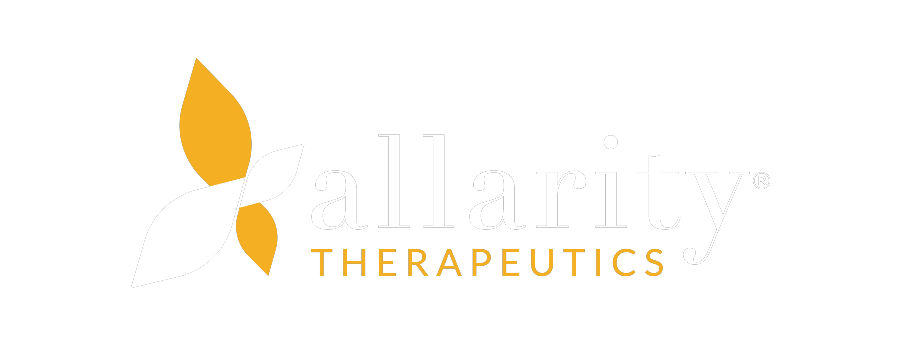Business Model
Oncology Venture, with its unique and proprietary approach, is at the forefront of “precision medicine”.
Drug Development Business Model
Based on the urge to reveal important biologic information that is currently unavailable when treating patients and developing new drugs, the concept of “precision medicine” has rapidly emerged as a hot spot within the life science arena.
Oncology Venture, with its unique and proprietary approach, is at the forefront of this development, where current biomarkers are oversimplified and where our approach is able to embrace the complexity of a tumor and hence give more sophisticated and precise answers. This is possible through the application of the company’s unique DRP® technology.
Track, Match and Treat: Oncology Venture develops cancer drugs with precision
Oncology Venture utilizes a systems biology technology that allows doctors to predict how a specific tumor in a single patient will respond to a cancer drug. Our DRP® Drug Response Prediction screening method enables us to track, match and treat those patients who are sensitive to a particular drug. The DRP® provides a genetic fingerprint that distinguishes the tumor forms that are sensitive to treatment from those that are insensitive. By including only patients with sensitive tumors in the clinical trials, it is possible to increase efficacy to an approvable level. Once a new drug is on the market, the DRP® can be used to identify just those patients who can benefit from the treatment. Physicians do not have to pick blindfolded when choosing a cancer therapy for the individual patient, thus avoiding unnecessary drug treatment that could otherwise cause significant costs and discomfort to the patients as well as to society.
Our strategy for value creation can be explained in the following four steps:
Step 1
Step 1: Identifying drug candidates with hidden potential
We start the journey of value creation by scouting for drug candidates with a documented good safety profile and clinical data of efficacy, but where the design of previous clinical trials has been insufficiently precise to document a significantly positive treatment outcome. There are plenty of such drug candidates. Only five percent of all cancer drug projects reach the market, and the vast majority of the remaining 95 per cent are placed on the shelf during development, for example due to lack of effect in an excessively heterogenous population. We have already been able to identify a wide range of such drugs and managed to prove their efficaciousness in prospective/retrospective studies when they have been redirected to susceptible patients based on a DRP® analysis.
Step 2
In-licensing of drug candidates with clear signals of efficacy and favorable safety profiles
The most promising of these drug candidates are licensed or acquired. So far, we have been able to add a total of six drug candidates to our portfolio, all on very favorable terms. The initial purchase price has been low or even non-existent, and the royalties are usually less than 10 percent. Two of these drug candidates emanate from world-leading pharmaceutical companies, which we regard as an acknowledgement of the external trust in our ability to create significant value based on drug candidates which have previously failed to be matched against an optimal patient group.
Step 3
Step 3: Focused further development by Oncology Venture
After gaining control of a new drug candidate, we tailor the continued development to those patients who are expected to benefit most. Our development of acquired or licensed drug candidates is already well advanced – in the next two years we expect to present results from a significant number of focused phase 2 studies covering a range of cancers. Typically, it is sufficient to study 20 patients to document positive efficacy, and the final registration studies can usually be limited to between 60 and 200 patients. In a drug development context, this is a very limited effort both in terms of cost and time.
Step 4
Step 4: Out-licensing deals with significant revenue potential
In the final step of our business model, we out-license drug candidates to global or regional pharmaceutical companies based on the results of phase 2 trials focused on those patients who have the greatest opportunity to benefit from the treatment. In return, we expect to receive substantial cash payments, as well as royalties on future sales of a registered drug.



